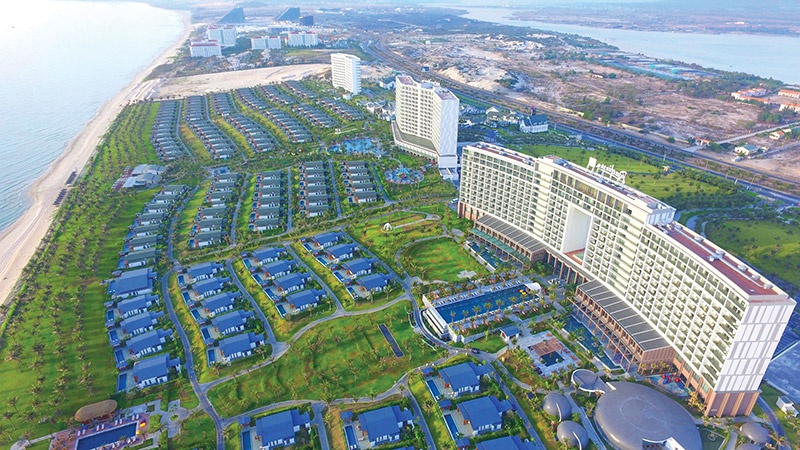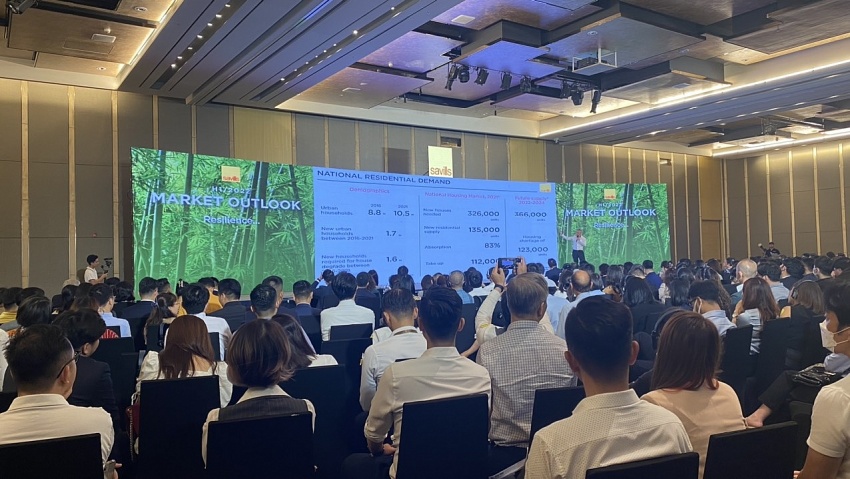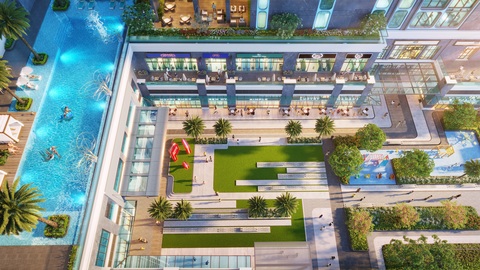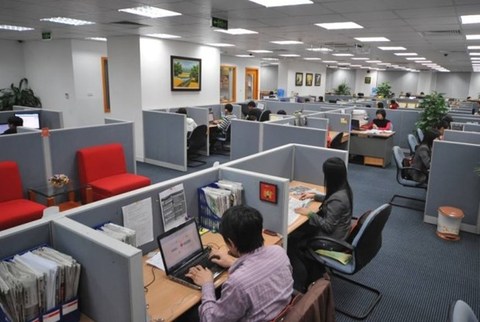Resort real estate trying to rise higher in Asia-Pacific
Resort real estate trying to rise higher in Asia-Pacific
Although an excess of supply is set to hit Vietnam’s top tourist destinations, and geopolitical issues are complicating matters, long-term resort real estate could also be one of the better investment channels – not just in this country but on a regional basis, too.

Earlier this year, groups such as VinaCapital issued reports to investors that noted there was no need to worry about the impact of the Chinese economy on Vietnam, even though the trade between the two countries is very large.
However, investors do remain concerned about the potential impact on Vietnam of China’s continuing strict pandemic policies, which are making it difficult for Chinese tourists, who previously accounted for a third of Vietnam’s total tourist arrivals, to return to Vietnam anytime soon.
Meanwhile, the hospitality sector is witnessing a reduction of Russian visitors to Vietnam due to the conflict in Ukraine and the subsequent sanctions placed on Russia.
“The conflict between the two countries and a series of economic sanctions by the United States and the EU change the currency exchange rate. This means that Russian tourists incur additional costs when booking a regular tour. This directly affects the consumption of the potential visitors to Vietnam,” said Le Xuan Thom, general director of Hai Dang Company, which owns a 4-star hotel in the central city of Nha Trang.
Unique characteristics
In a new report on the general economic and financial situation so far in 2022, the Ministry of Finance (MoF) expressed concern about the inflation situation, although the statistics so far are “adequate”.
The consumer price index (CPI) in July increased by 0.4 per cent compared to the previous month, or 3.14 per cent over the same period last year and increased by 3.59 per cent compared to December 2021, the highest since 2018.
Although the inflation forecast in 2022 will be around 4 per cent, international organisations forecast Vietnam’s CPI in 2022 at 3.7-4.2 per cent, but the MoF also emphasised the risk of inflation.
In addition, Vietnam’s tourism property also faces an excess of supply. According to estimates by Savills, over the next three years, supply in key tourist destinations will grow at an average rate of 20 per cent per year.
“At this rate, if the demand does not increase to keep pace, it may lead to oversupply, thereby negatively affecting room capacity of hotels and resorts in the country,” said Mauro Gasparotti, director of Savills Hotels Asia-Pacific.
Moreover, the Vietnamese market currently boasts many projects competing in the same segment with similar models and products. Many developers rather focus on quantity than quality and they build products under a “copy-paste” strategy without determining their own characteristics which could interest buyers.
“A special feature of the resort industry is that it allows developers to unleash their creativity and innovation to bring impressive products that are different from those already on the market, thereby bringing valuable experiences for guests. This does not only come from high-end products, but it can come from all segments as long as the project is clearly positioned, well planned and designed, and properly operated,” said Gasparotti.
Resort tourism in Vietnam and the wider Asia-Pacific region have seen positive signals in recent times. According to the Savills Asia-Pacific Resort Market Report published in June, more than $14.9 billion in less than 460 deals was transacted in 2021 in the Asia-Pacific hospitality sector. This figure surpassed the five-year pre-pandemic average of $14.6 billion.
This market also saw an increase in both investment volume and transaction volume in 2021, increasing by 42.1 per cent and 25.8 per cent on-year, respectively.
Especially, investment volume increased to $5 billion in Q1/2022, up 5.3 per cent on-quarter and 86.9 per cent on-year. The report also noted a special trend that more businesses are starting to liquidate non-core assets to recover capital.
Particularly in Vietnam, in coastal locations such as Vung Tau, Danang, Nha Trang, and Phu Quoc, many hotels and resorts recorded impressive recovery rates in attracting domestic customers, with up to 70 per cent capacity this summer.
Long-term view
According to the General Statistics Office, in the first seven months of the year, the domestic market welcomed 71.8 million visitors, exceeding the expected number for the whole of 2022.
Kevin Beauvais, CEO of Fusion Hotel Group, added that the market is bouncing back very quickly. “We have received more bookings from international guests and at the same time, the domestic market is doing well too due to the summer holiday. Moving to the end of the year, we see the base of business already with a mix of domestic and international guests. I think guests now are very eager to travel during the festive season and hopefully there will be no more restrictions,” he said.
Nguyen Tho Tuyen, chairman of BHS Group, said that one of the best investment channels in 2022 is suburban and long-term resort real estate. BHS has adjusted its operations management to be more suitable for long-term owned resorts. Investors who have changed their operation and management towards a more sustainable way will strongly attract investors moving forward.
“Resort real estate in big cities like Hanoi and Ho Chi Minh City will also continue to grow strongly in price. Along with that, Danang will also be a bright star with a series of large-scale investors such as Sun Group beginning to return to Danang, and also Quang Nam. Along with that, Phu Quoc will also be a locality to attract huge investment cash flow,” Tuyen said.
In the south-central region, localities such as Quy Nhon, Binh Dinh, and Binh Thuan are hoping to welcome more investors as the tourism industry makes a full recovery over the next couple of years.
The resort real estate market in Vietnam still has a lot of potential. In Southeast Asia alone, Vietnam recorded the highest growth in international arrivals at 16.9 per cent in the 2009-2019 period. Along with that, the supply of medium and high-class standard rooms has also increased rapidly from 14,000 rooms in 2009 to 94,000 rooms currently.





















